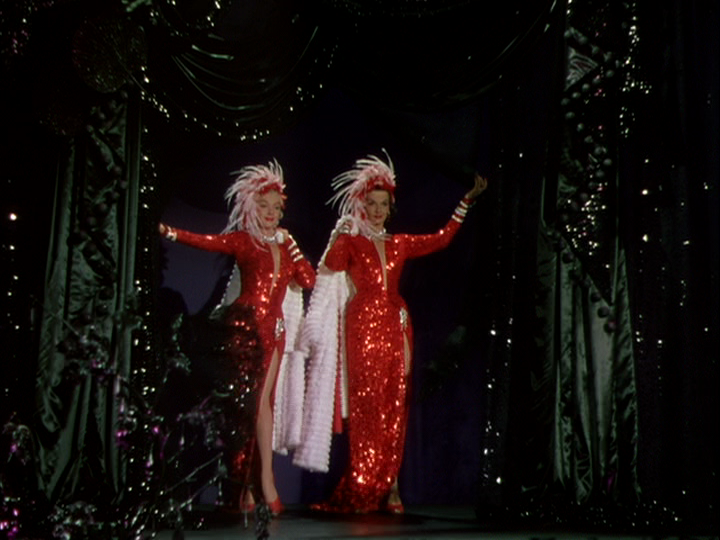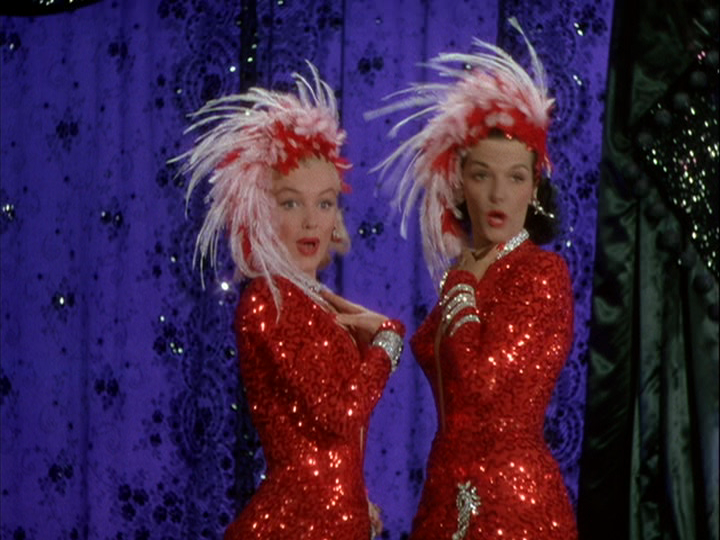Written for the Dutch magazine de Filmkrant, I believe in early 2004. –J.R.


With Elephant, it’s a pleasure to welcome Gus Van Sant back to the land of the living. His film certainly has its flaws, yet its virtues so outshine them that his past few years in the wilderness can now be forgiven and mainly forgotten.
Gerry at least showed that, after the borderline sellout of Good Will Hunting and the all but unconditional sellout of Finding Forrester, Van Sant was still willing to take sizable risks. It was also interesting to hear him say he was inspired in those risks by such worthy role models as Chantal Akerman, James Benning, Andrei Tarkovsky, Bela Tarr, and Jacques Tati — even if the evidence of their influence wasn’t visible, apart from an overall interest in landscapes and duration.
By contrast, at least two of the major influences on Elephant are plainly visible: Bela Tarr’s Satantango (primary) and Stanley Kubrick’s The Shining (secondary). From Satantango comes a complicated overlapping time structure that repeats the same events from a variety of viewpoints, each viewpoint being articulated in mainly extended takes that follow various characters as they walk through many adjacent settings. Read more
From the Winter 1984/1985 Sight and Sound. Only years after writing and publishing this essay, I recalled seeing a test reel of Cinemascope with my father at an Atlanta movie exhibitors convention in 1953, part of which included a refilming of the “Diamonds Are a Girl’s Best Friend” number in CinemaScope. I have no idea whether this still exists, but it may help to account for why some people misremember or wrongly identify the entire film as being in CinemaScope.
For those who might be puzzled by the third illustration from the end, this is Dominique Labourier’s character performing in a nightclub in Céline et Julie vont en bateau, in a sequence that precisely parallels the courtroom sequence in Gentlemen Prefer Blondes. — J.R.
First Number: “We’re Just Two Little Girls from Little Rock”
I don’t believe in the kino-eye; I believe in the kino-fist. — Sergei Eisenstein


Before even the credit titles can appear, Marilyn Monroe and Jane Russell arrive to a blast of music at screen center from behind a black curtain, in matching orange-red outfits that sizzle the screen — covered with spangles, topped with feathers — to look at one another, toss white ermines toward the camera and out of frame and sing robustly in unison. Read more
My essay for the Criterion DVD (2003). If memory serves, this was probably the first such essay that I wrote for producer Issa Clubb. — J.R.

ORSON WELLES: Fellini is essentially a small-town boy who’s never really come to Rome. He’s still dreaming about it. And we should all be very grateful for those dreams. In a way, he’s still standing outside looking in through the gates. The force of La Dolce Vita comes from its provincial innocence. It’s so totally invented.
PETER BOGDANOVICH: Maybe the “small-town” aspect is why I like I Vitelloni most of all his films.
WELLES: After The White Sheik, it’s the best of all.
Welles’ preference for The White Sheik (1952), Federico Fellini’s first solo feature, over all the others is likely to raise a few eyebrows. Critically speaking, it’s one of the Italian maestro’s most neglected works. In his The Italian Cinema, Pierre Leprohon wrote that it “seems to have been a kind of liquidation of the past in preparation for the emergence of the Fellinian universe, a chance for the author to work off his hatred and rancors.”
Most critics haven’t been so harsh; a more common verdict is to see this as an apprentice work, a sketch of the Fellinian splendors to come. Read more





